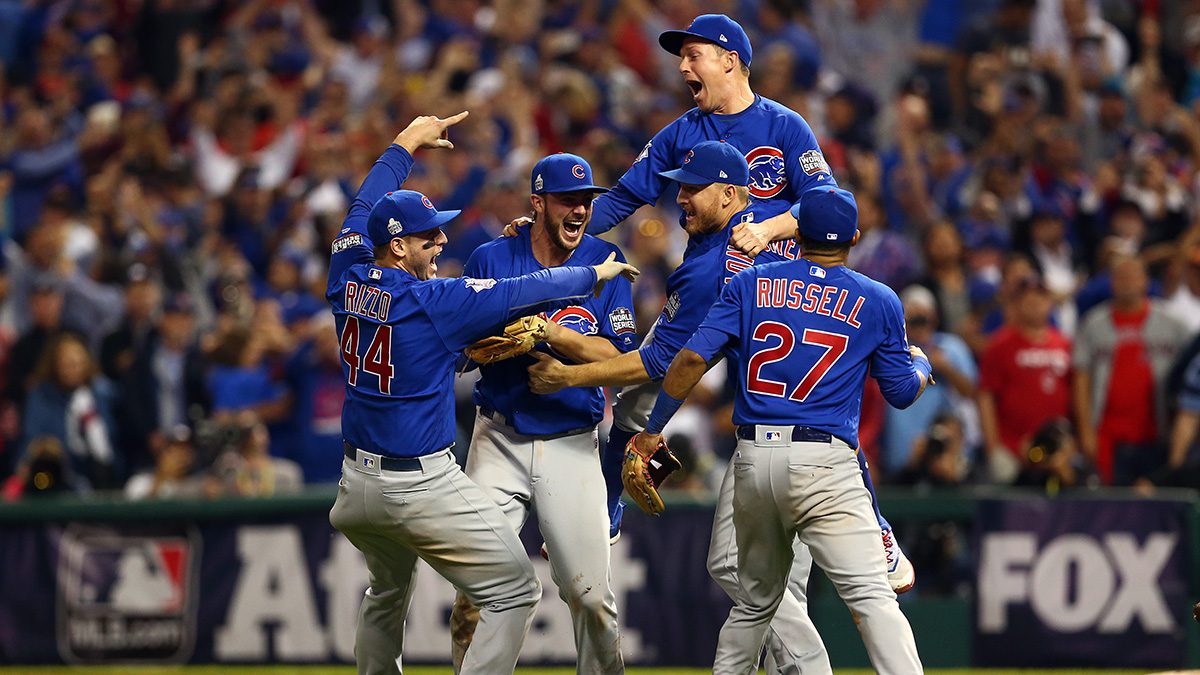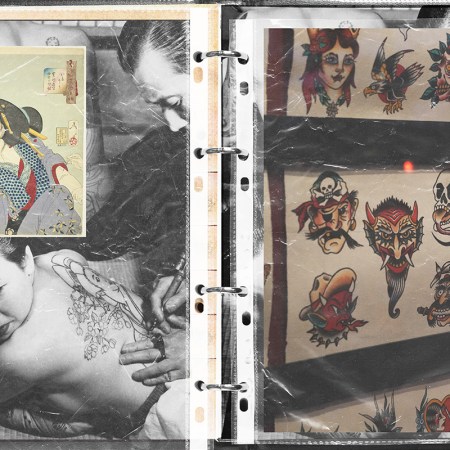They did it, but they didn’t make it easy. What appeared to be an easy win in Game 7 suddenly reached extra innings as the Cubs filled the night with errors, questionable pitching moves, and a truly bizarre bunt. Indeed, at times it felt like this would just be another crushing defeat in a history filled with them.
But they pulled it out, making the victory all the sweeter.
Below, you’ll find RealClearLife‘s cruelest moments in Cubs franchise history, which suddenly seem a bit more bearable with the first World Series title since 1908.
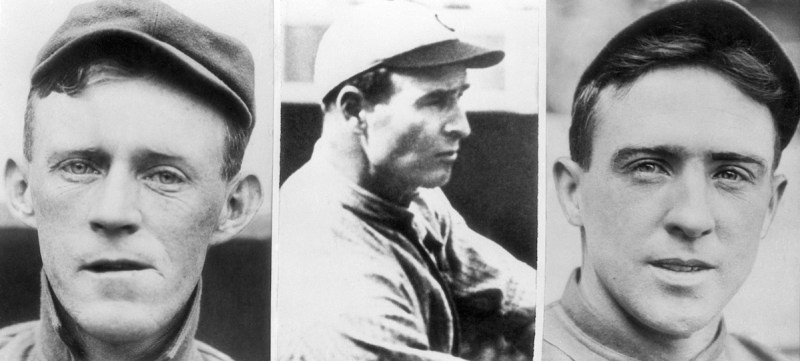
The End of ‘Tinker to Evers to Chance’
Immortalized in the poem “Baseball’s Sad Lexicon,” this double-play combo was essential to the only two Cub World Series winners for the twentieth century in 1907 and 1908: all three members later made the Hall of Fame. Never particularly fond of each other (Tinker observed, “Chance used to say he wished Evers was an outfielder so he couldn’t hear him”), their time together ended in a particularly abrupt way when the Cubs cut ties with Chance not long after he had surgery for blood clots in his brain from beanings in 1912. Incidentally, Chance is unquestionably the most accomplished skipper in Cubs history as the player/manager of the winners of four pennants and those two World Series, earning him the nickname “The Peerless Leader” and making his treatment even more appalling.
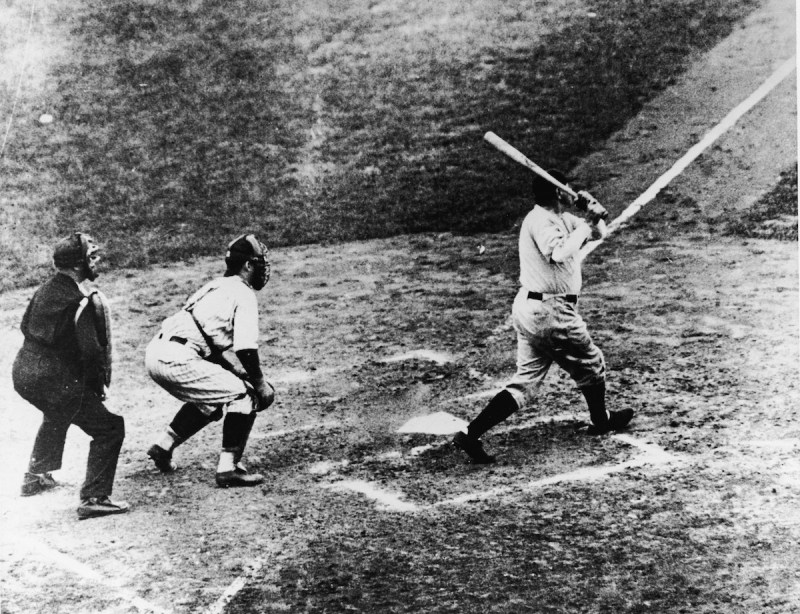
Babe Ruth’s Called Shot
Did Babe Ruth really point before hitting a home run in the 1932 World Series? It may always be debated, but this much is clear: The Yankees destroyed the Cubs, as Ruth collected two homers, six runs, and six RBIs; and Lou Gehrig hit for a .529 batting average, three home runs, eight RBIs, and scored nine runs, as the Cubs suffered one of the most crushing sweeps in postseason history.
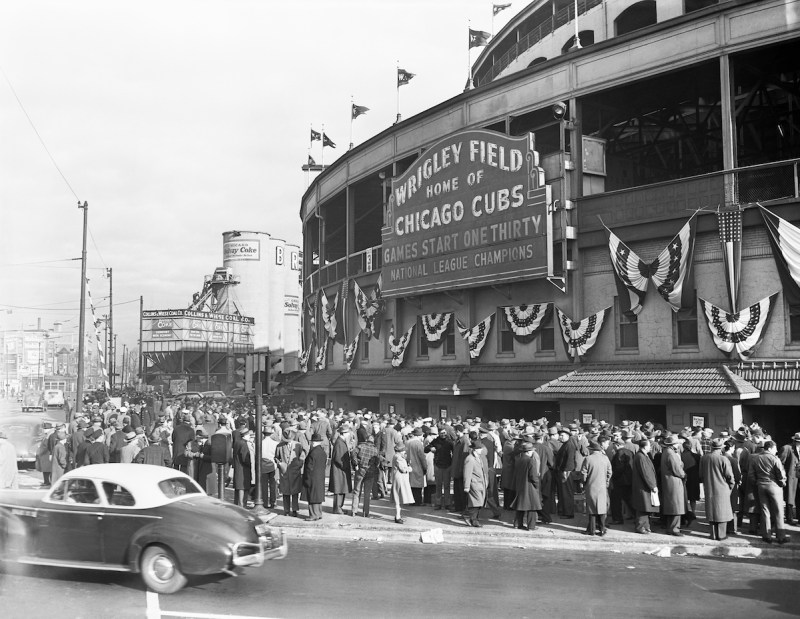
So Close So Many Times
From 1929 to 1945, the Cubs won five pennants, yet failed to win a single World Series, a run of failures that would become all the more infuriating when they proceeded to go 70 years without even reaching one.

Hitting Rock Bottom
Within the Billy Goat’s Curse, this period was so bad that it’s worth baseball historians exploring if there was a secondary curse also in effect: From 1947 to 1962, the Cubs failed to post a single winning season.
Too Late for Santo
Third baseman Ron Santo is undeniably one of the greatest Cubs of all time, with nine All-Star selections, five Gold Gloves, and a general genius for getting on base: He led the league in on-base percentage twice and walks four times. He also had to deal with diabetes, being diagnosed with it in 1959 (years later he recalled researching it and discovering doctors at the time felt he could only expect to live to 25), yet not letting it prevent him from playing from 1960 to 1974. In later years, he struggled with the disease, losing both legs to amputation. The Hall of Fame finally inducted him nearly four decades after his retirement in 2012, a delay all the more depressing because Santo had died in 2010 at age 70.
Steve Bartman
Let’s be clear: there was plenty of blame to go around for the National League Championship Series collapse in 2003. Yet fan Steve Bartman came to embody this failure, as the Cubs came so close to the World Series only to let it slip away. And the moment became even more bitter because …
All-Star Arms Lost
When the 2003 season ended, Kerry Wood was a 26-year-old All-Star pitcher who’d won two games that postseason while leading the league in strikeouts. Mark Prior was also an All-Star pitcher with two playoff wins for the Cubs, plus he had just turned 23. Making it all the more crushing that they won 39 more games for the Cubs combined due to struggles with injuries, as a bright future quickly went to black. (At least, it did until Theo arrived.)
—Sean Cunningham for RealClearLife
Whether you’re looking to get into shape, or just get out of a funk, The Charge has got you covered. Sign up for our new wellness newsletter today.
